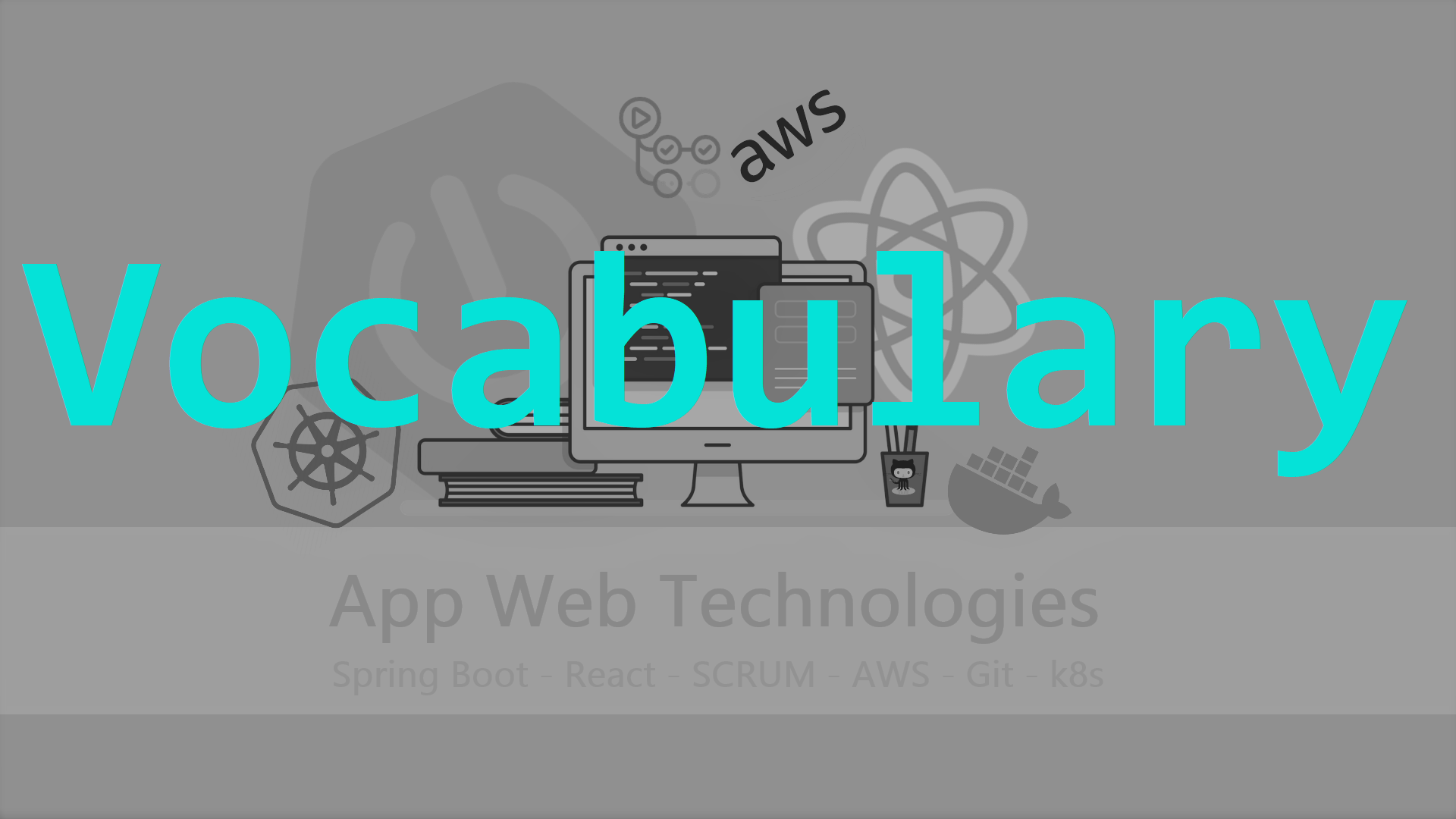ReactJS Vocabulary
Technical terms and definitions
vocabulary
reactjs
description
1 Vocabulary
| Term | Definition |
|---|---|
| Component-Oriented Programming (COP) | A paradigm organizing code into reusable and independent components, promoting modularity and maintainability in web development. Enhances code readability and scalability. |
| JSX | A syntax extension for JavaScript used with React to write UI components. It allows embedding HTML-like code within JavaScript, making UI development more declarative and readable. |
| Props and States | In React, props are data passed from parent to child components, while states manage a component’s internal data and trigger UI updates. Fundamental concepts for managing data flow and rendering. |
| Hooks | Functions in React enabling the use of state and lifecycle features in functional components. Streamlines component logic and enhances code reusability, reducing reliance on class components. |
| Single Page Application (SPA) | A web application that dynamically updates content without reloading the entire page. Enhances user experience by providing a smoother and more responsive interface. |
| Virtual DOM | An in-memory representation of the actual DOM in React. Improves rendering efficiency by minimizing direct manipulation of the DOM, resulting in faster updates and improved performance. |
| Arrow Function | A concise syntax in JavaScript for writing functions. Especially useful in React for defining inline functions, simplifying code and maintaining the lexical scope of ‘this’. |
| Spread Operator | An operator in JavaScript used for expanding elements in arrays or properties in objects. Enhances code conciseness and flexibility, facilitating the manipulation and creation of data structures. |
| Destructuring | A JavaScript feature allowing the extraction of values from arrays or properties from objects into distinct variables. Promotes cleaner and more readable code when dealing with complex data structures. |
| lodash | Lodash, A modern JavaScript utility library delivering modularity, performance & extras. |
